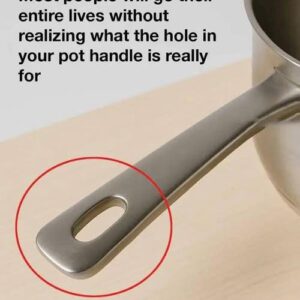The Rising Concern
Plastic rice has become a growing concern in recent years. Reports of counterfeit rice made from synthetic materials have alarmed consumers worldwide. These fake grains, often mixed with real rice, pose serious health and economic risks. As a result, people now seek reliable ways to identify and avoid them.
What Is Plastic Rice?
Manufacturers reportedly make plastic rice using potatoes, sweet potatoes, and synthetic resin. They mold this mixture into rice-like grains that mimic the appearance of the real thing. Because these grains look nearly identical to authentic rice, visual detection is difficult.
Why It Matters
Fake rice is more than just a scam. Ingesting synthetic materials can harm your body. These substances may cause gastrointestinal problems, liver damage, and long-term health issues. Staying informed helps protect your health and supports ethical food practices.
Easy Ways to Test Your Rice
1. The Water Test
Place a handful of rice in a glass of water. Real rice will sink. Plastic rice may float or stay suspended. Stir gently and watch how the grains behave.
2. The Heat Test
Heat a small amount of rice in a dry frying pan. Real rice won’t melt. Plastic rice might melt or release a synthetic smell. Any unusual odor is a red flag.
3. The Boiling Test
Cook a small batch of rice. Authentic rice cooks evenly. Plastic rice may clump or form a thick layer. Uneven texture or gelatinous residue signals a problem.
4. The Mold Test
Store cooked rice in a sealed container in a warm place. Real rice will mold after a few days. If no mold appears, the rice might be synthetic.
5. The Fire Test
Burn a few grains with a match or lighter. Real rice burns naturally. Plastic rice may produce a chemical or plastic-like smell.
6. Viral Hacks: Use With Caution
Some online hacks suggest crushing rice to check for powder or using iodine to test for starch. These methods may offer clues but aren’t always reliable. Combine them with proven tests.
Buying Tips From Experts
- Buy from trusted brands and retailers.
- Look for packaging with certifications or safety seals.
- Choose whole grain rice over processed varieties.
If You Suspect Plastic Rice
Avoid consuming the rice. Report it to consumer protection agencies. Switch to another brand or supplier. Most importantly, share your experience to raise awareness and protect others.
Staying informed and vigilant helps ensure that what’s on your plate is safe, genuine, and nutritious.





